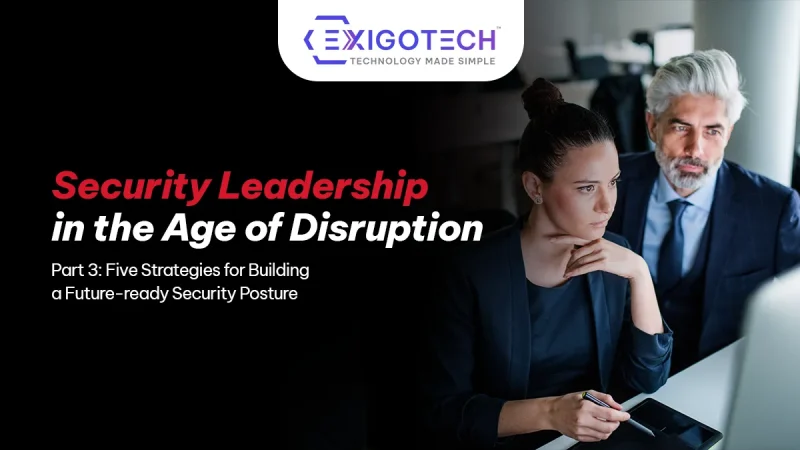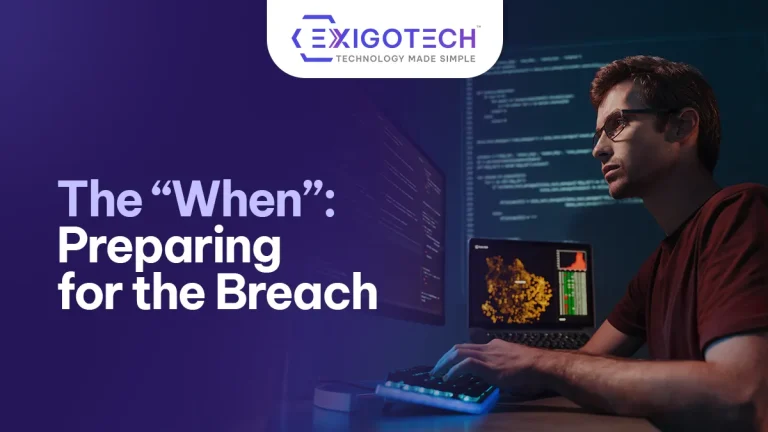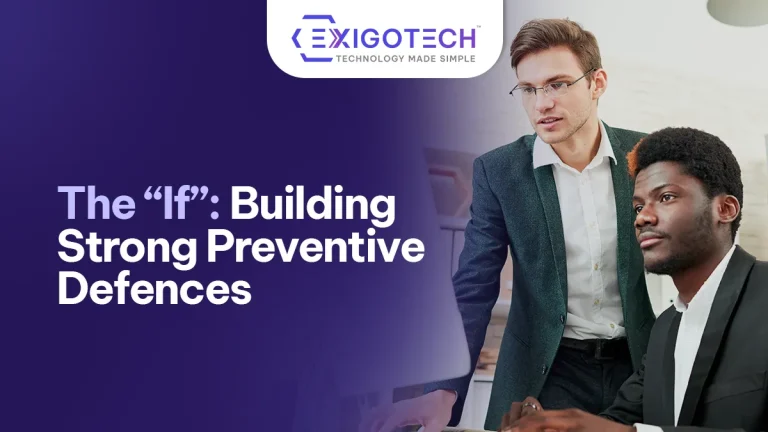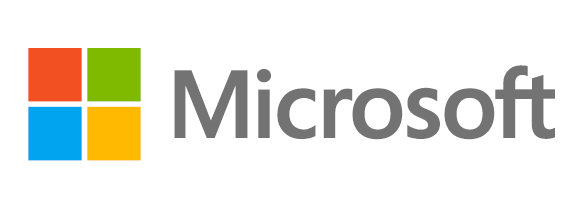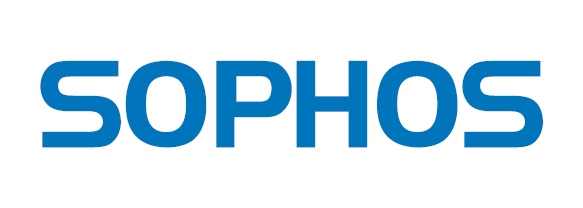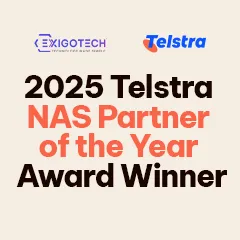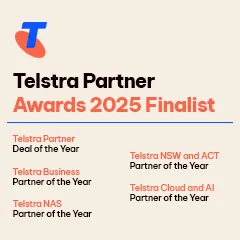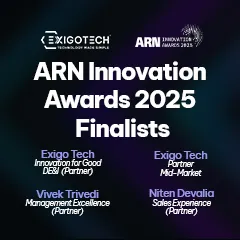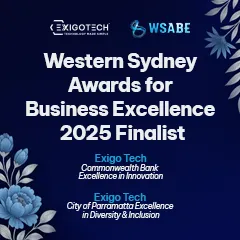In our last part (Part 2 of this series), we explored the five major shifts reshaping the cybersecurity landscape – AI agents, cyber-physical systems, quantum threats, identity transformation, and hardware-level risks.
The conclusion was clear: disruption is constant, and awareness alone is not enough. Leaders must act before it’s too late.
The data confirms the urgency. WEF’s Global Cybersecurity Outlook 2025 report found that 76% of executives believe security concerns are slowing digital transformation. Cybercrime costs are projected to reach USD 10.5 trillion annually by 2025, making it one of the greatest economic risks of our time.
In this third part of our series, we outline five actionable strategies that every business leader can implement to build a future-ready security posture. These strategies go beyond tools or frameworks – they embed resilience into operations, culture, and leadership.
Security is no longer about reacting to yesterday’s threats. It is about preparing for tomorrow’s challenges while enabling growth and innovation today.
Top Five Strategies for Building a Future-ready Security Posture
-
Secure the Supply Chain
Today’s businesses depend on vast ecosystems of suppliers, partners, and technology vendors. This interconnectedness delivers efficiency and innovation but also introduces systemic risk. A single weak link can compromise the entire chain.
- Consider this scenario: a software provider embedded in thousands of enterprises suffers a compromise. Attackers distribute malicious updates across customer environments. Within weeks, the breach surges into government agencies, financial institutions, and critical infrastructure. The incident costs billions in damages and years of reputational harm.
This is not hypothetical – it mirrors real-world supply chain breaches like SolarWinds and Kaseya, which highlighted the fragility of digital ecosystems.
To mitigate these risks, leaders must adopt end-to-end supply chain security:
- Conduct rigorous vendor assessments before onboarding.
- Enforce secure development practices and demand transparency from partners.
- Implement continuous monitoring of software dependencies and third-party integrations.
- Establish contractual obligations around security standards and incident reporting.
-
Adopt a Prevention-first Mindset
Reactive security has reached its limits. The financial and reputational costs of breaches are too high, and attackers move faster than incident response teams can react.
A prevention-first mindset shifts the enterprise from defence to anticipation. It focuses on reducing the likelihood of attacks, not just containing them.
Core elements include:
- Proactive threat modelling to anticipate potential attack vectors.
- Automated detection and response systems that stop threats before they spread.
- Continuous patching and vulnerability management to close exploitable gaps.
- Red teaming and penetration testing to validate defences against real-world scenarios.
CISOs must measure and communicate prevention outcomes in terms that executives value -reduced downtime, lower financial exposure, and faster innovation.
-
Use Agentic AI as a Defence Multiplier
AI introduces risk, but it also provides powerful tools for defence. Agentic AI, capable of semi-autonomous analysis and action, can scale defences far beyond human capacity.
- It can detect anomalies in network traffic within seconds.
- It can automate incident response, containing malware before it spreads.
- It can predict emerging threats based on behavioural analytics and global threat intelligence.
For example, a financial institution using AI-driven monitoring may identify unusual account activity at scale, flagging fraud attempts that human teams would miss. Similarly, manufacturers can deploy AI to monitor operational technology systems, spotting early signs of cyber-physical disruption.
When implemented strategically, agentic AI becomes a defence multiplier – amplifying the reach, speed, and accuracy of security operations while freeing human teams for higher-order tasks.
-
Prioritise Source Integrity and Deepfake Detection
We live in an era where seeing is no longer believing. Synthetic media, manipulated videos, and deepfakes challenge the foundations of digital trust. Executives have already been targeted by convincing impersonations, leading to fraudulent wire transfers and reputational damage.
Trust in digital communication now depends on the ability to prove authenticity.
Every organisation must invest in:
- Content provenance tools that embed metadata and trace origins.
- Deepfake detection technologies that identify manipulated media.
- Secure communication protocols for sensitive executive or financial transactions.
- Awareness training to ensure employees can recognise and escalate suspicious content.
Boards and CEOs must treat source integrity as a strategic issue. In an age where misinformation can undermine markets and affect trust, the ability to authenticate truth becomes a business differentiator.
-
Strengthen Security Hygiene Across the Organisation
While new threats dominate headlines, the fundamentals remain the biggest risk. Weak passwords, unpatched systems, and human error continue to account for the majority of breaches.
Strong security hygiene is the foundation of resilience. Yet it often receives less investment because it feels basic.
Enterprises must reinforce hygiene as a non-negotiable baseline:
- Enforce multi-factor authentication (MFA) across all systems.
- Mandate regular software updates and automate patching where possible.
- Integrate security awareness training into onboarding and ongoing education.
- Establish clear accountability for hygiene practices across business units.
Looking Ahead
These five strategies are not silver bullets. But together, they provide a robust framework for navigating disruption. Plus, they enable leaders to build resilience from the inside out.
Importantly, these strategies align security with business outcomes. They reduce downtime, safeguard trust, and accelerate transformation—all priorities that resonate at the board level.
In Part 4 of this series, we shift focus from strategy to enablement. We will explore how Microsoft is empowering enterprises to modernise their security programs through various initiatives, including its Zero Trust framework.
Together, these models represent a call to action for leaders to embed resilience at every level of their organisation.
 Philippines
Philippines Australia
Australia Singapore
Singapore India
India Brendan Fazel | Sep 15, 2025
Brendan Fazel | Sep 15, 2025